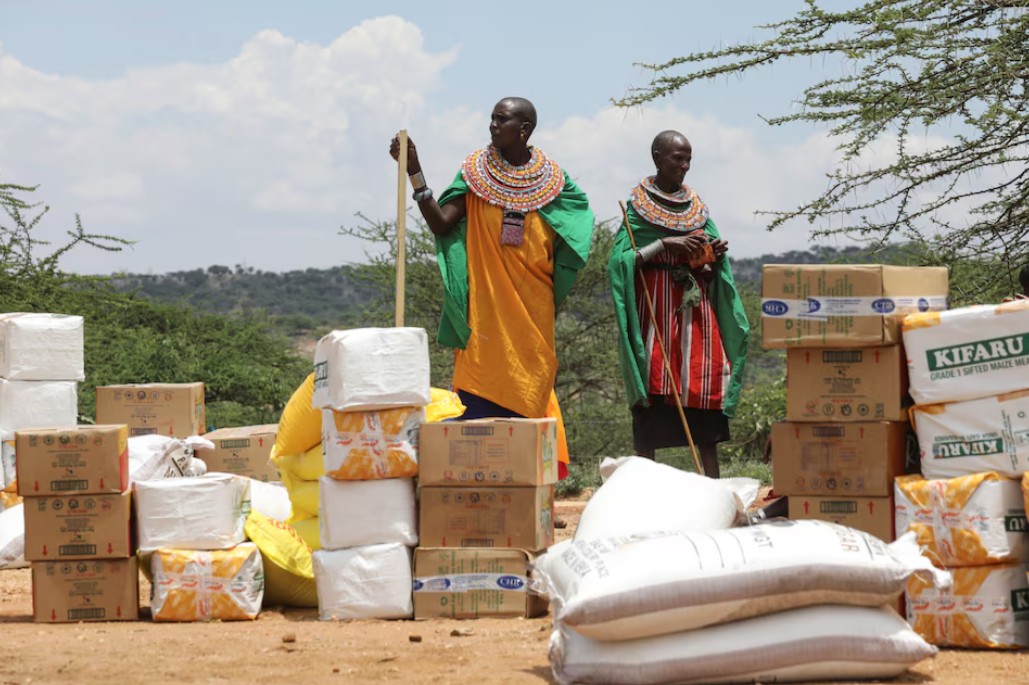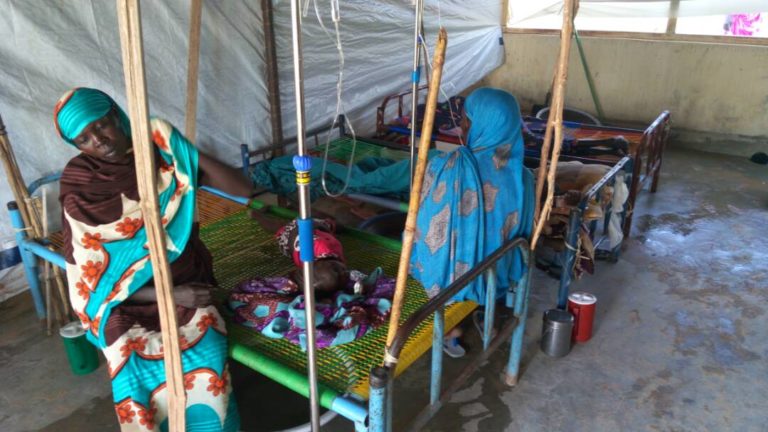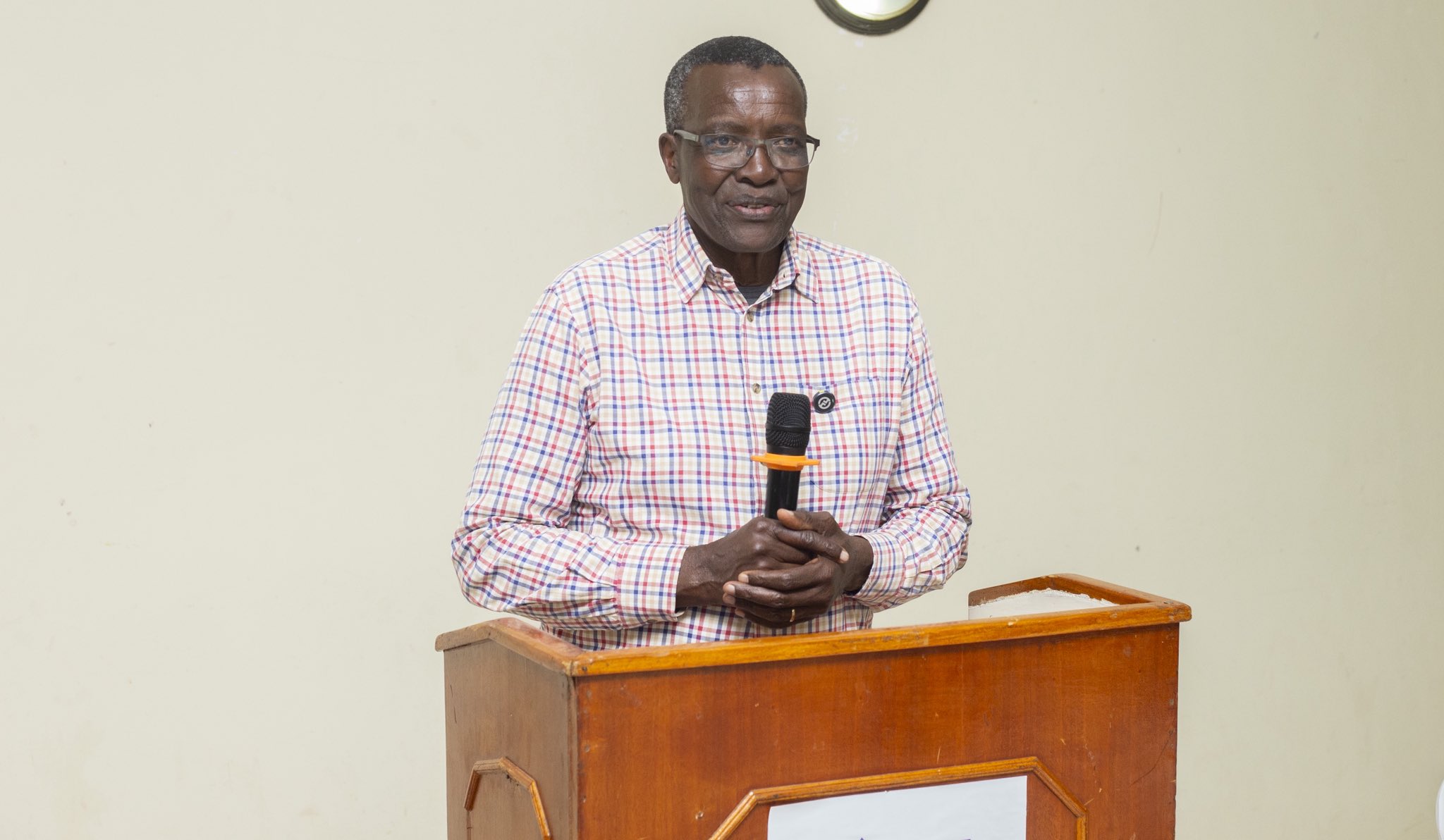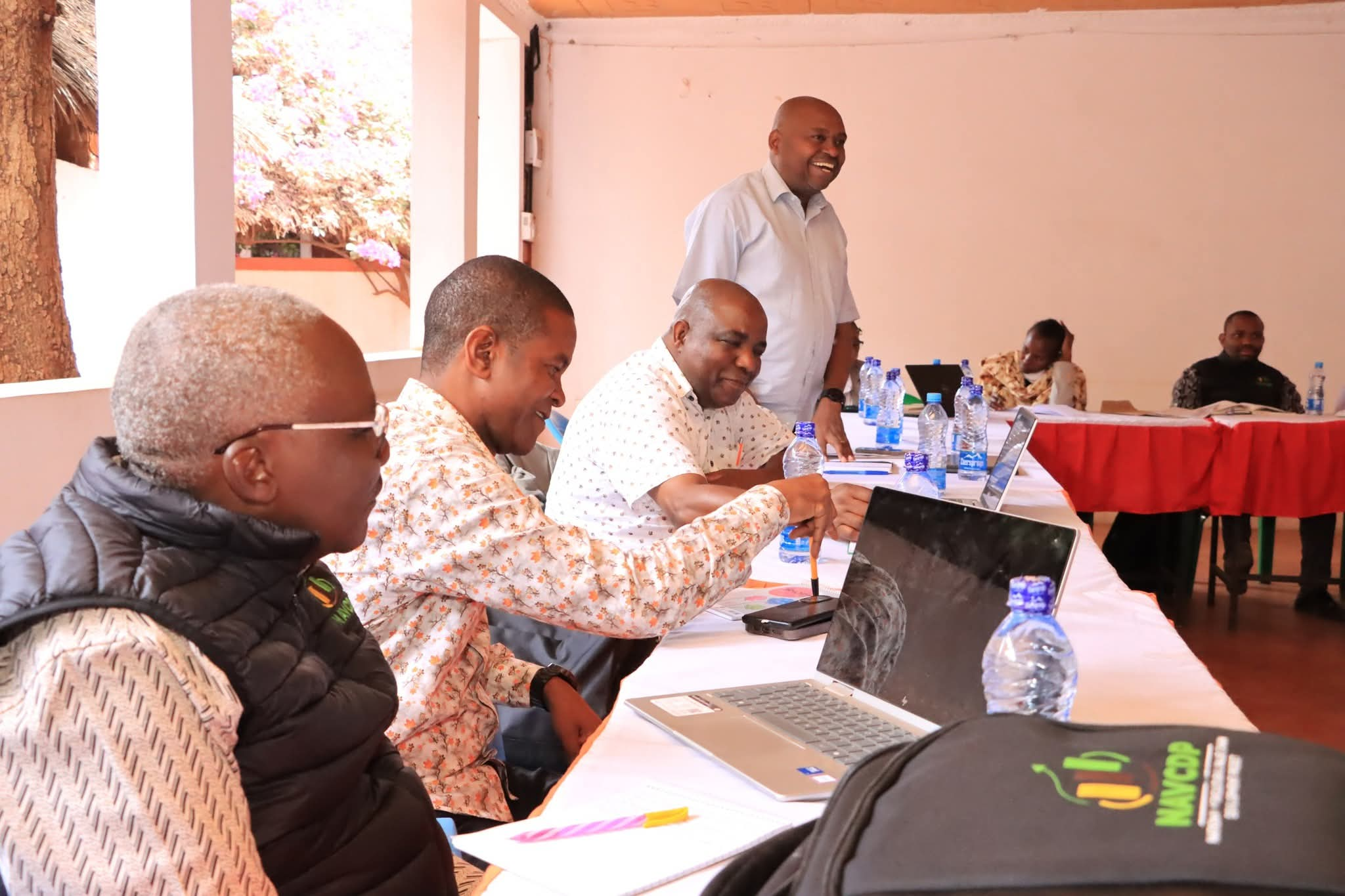Kenya's food crisis deepens as 2.8 million face starvation following poor rains in 2024

The report attributes this spike to depressed October–December rains, which have severely affected crop and livestock production in arid and semi-arid areas.
Kenya is facing a worsening hunger crisis, with at least 2.8 million people now struggling to find enough food following poor rainfall at the end of 2024, a new global report has revealed.
According to the 2025 Global Report on Food Crises, the number of people in urgent need of food assistance has risen sharply from 1.9 million in 2024.
More To Read
- Over 31,000 schools equipped with farming tools, as 4K Clubs revived to foster agricultural skills countrywide
- East Africa on the edge as record droughts break climate and humanitarian systems
- 700,000 refugees in Kenya face severe hunger crisis after aid cuts
- Foreign aid cuts imperil millions in East Africa as hunger crisis deepens, World Vision warns
- Global hunger crisis deepens as 295 million face acute food insecurity as aid falls short
- No respite for consumers as commodity prices continue to rise in February
The report attributes this spike to depressed October–December rains, which have severely affected crop and livestock production in arid and semi-arid areas.
Northern Kenya, parts of the Rift Valley, and coastal regions have been hit hardest, with the affected population making up 17 per cent of those analysed.
Of these, nearly 291,700 people are facing hunger classified as IPC Phase 4, a level of food insecurity considered a humanitarian emergency, just one step below famine.
“The worsening situation is driven by below-average October-December 2024 rains negatively impacting crop and livestock production, elevating food prices, and causing conflicts related to resource management and human-wildlife interactions,” the report states.
The findings come at a time when many regions were still recovering from the worst drought in four decades.
In 2024, Kenya had seen some improvement, with the number of people facing hunger dropping from 5.3 million in 2023 to 1.9 million, thanks to above-average rainfall that improved harvests and livestock recovery.
However, this progress was short-lived. El Niño-driven rains between March and May 2024 caused deadly floods in northern and eastern pastoral areas, killing more than 11,500 livestock and destroying farmland.
“The situation has significantly improved since the 2023 peak, as above-average rainfall improved harvests and livestock production. However, El Niño-induced floods and resource-based conflicts affected northern and eastern pastoral areas,” the report noted.
The floods were followed by another setback. Erratic rains in western and southeastern Kenya caused maize harvests to fall 10 to 15 per cent below normal, further tightening food supplies.
At the same time, economic pressures deepened the crisis. Early 2024 saw high inflation and a weakening shilling, which drove up prices of essential food and non-food items, leaving households with even fewer options to cope.
As a result, communities in northern Kenya are now grappling with a dangerous mix of unpredictable weather, lost livelihoods, soaring food prices, and frequent clashes over water and pasture. The report warns that the situation remains fragile, with millions at risk unless urgent action is taken.
Top Stories Today












































